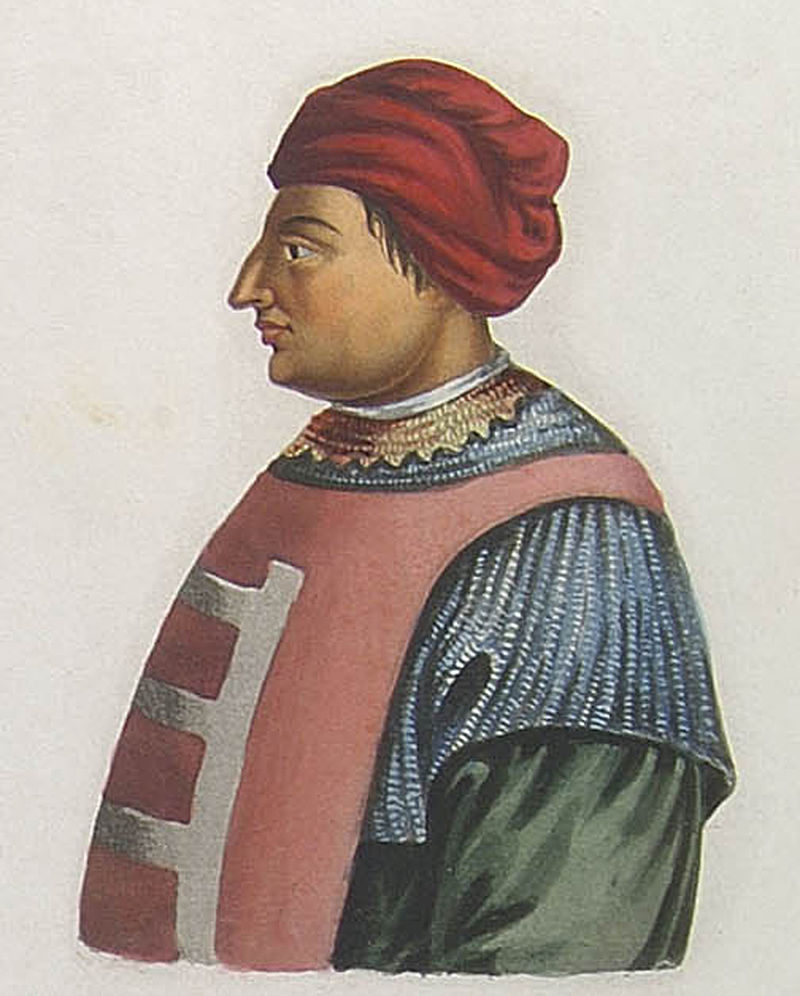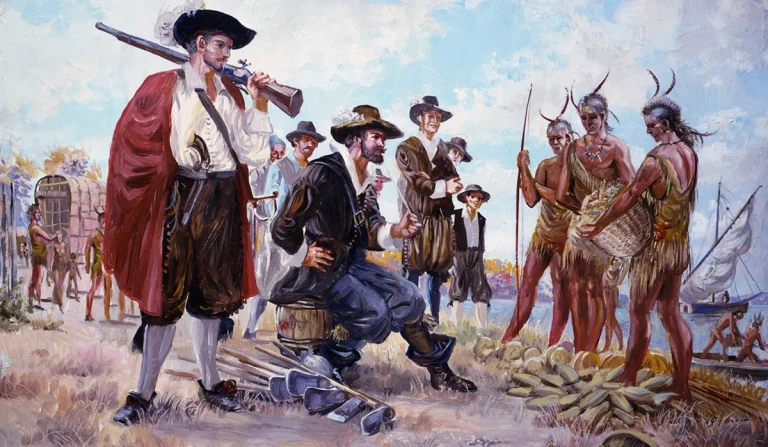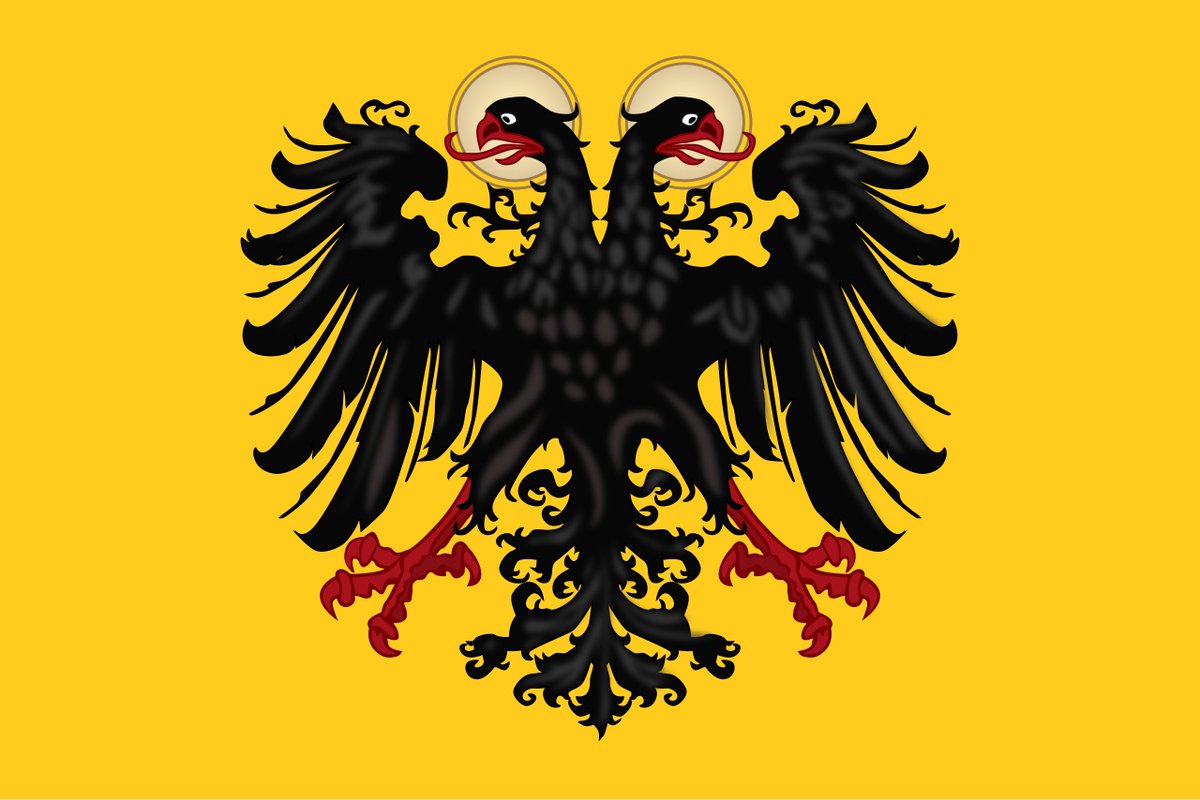The symbol of the Veronese Scaligeri family was a ladder, from which their name also comes from (scala=ladder). These are two ancient variants of their coat of arms, the eagle representing their dedication to the Imperial cause, and the other one representing their love for dogs! 



One of the most famous members of the Scaligeri was Cangrande ("the big dog") della Scala (1291-1329). He was a very ferocious warrior of immense bravery and physical strength, but also a patron of the arts as the leading patron of the famous poet Dante Alighieri! 



He served the Holy Roman Empire with great conviction and pride and fought for the emperors in Italy. This is Cangrande's sword with which he defended the noble Imperial Ghibelline cause in Italy! Many Guelphs were put to death with this weapon by the great warrior Cangrande! 

Cangrande was always loyal, he always fought with honor and chivalry. He remained firm supporter of the Imperial cause even after the unworthy pro-French pope John XXII excommunicated him because of his allegiance to the Empire. 

Cangrande enjoyed a great reputation as a warrior. Dante said about his patron, "even his enemies would be unable to keep silent about him." He represented the height of medieval Veronese splendor and might!
Glory to the Scaligeri /=\ Family!
Glory to the Scaligeri /=\ Family!

• • •
Missing some Tweet in this thread? You can try to
force a refresh







































